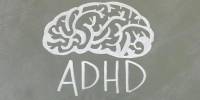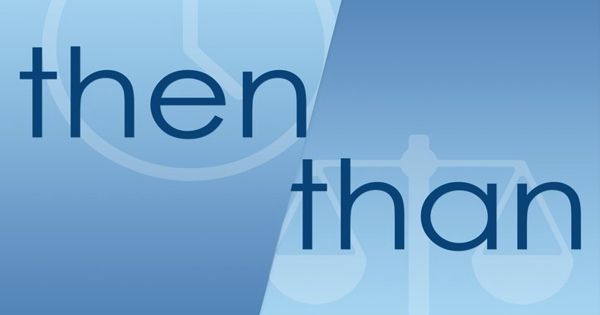High school students who participate in the AVID college prep program have lower substance use and better health behaviors. Significantly, the findings imply that ‘academic tracking,’ or the practice of separating high and low-performing students into separate classes, reinforces risky social networks and behaviors.
According to new UCLA-led research, a college preparatory program for youth experiencing educational inequity that operates in approximately 13% of US public high schools has a positive impact on students’ social networks, psycho-social outcomes, and health behaviors.
According to the findings, which were published in the peer-reviewed journal Pediatrics, the Advancement via Individual Determination (AVID) program, which aims to increase educational opportunities for under-represented and economically disadvantaged students, also significantly reduces substance use.
In high schools, “academic tracking” is a common practice in which lower-performing students are clustered with others of similar academic achievement. Although this practice was intended to tailor academic rigor to students’ level of preparation, the study findings suggest that it may be counterproductive by reinforcing risky behaviors that students learn from their peers.
“Untracking” these students by mixing them in with higher-performing peers may lead to better physical and psychological health, said lead author Dr. Rebecca Dudovitz, associate professor of pediatrics and director of pediatric health services research at the David Geffen School of Medicine at UCLA.
“This is the first randomized controlled trial of AVID in the United States, so it’s really exciting to see that this program that was designed to help open up educational opportunities for kids, also improved their health,” Dudovitz said.
We believe that surrounding students with a supportive community and providing them with the skills and resources they need to reach their goals within existing educational structures is how we make college and career readiness possible for every student.
Thuan Nguyen
AVID works with high school students with B or C grade point averages who would not otherwise beplaced in more rigorous college preparatory tracks. It operates in 5,400 secondary schools in 46 states,including both middle and high schools, and exposes academically mediocre students to more difficult courses than they would have received under normal circumstances. AVID assists students in developing agency, relational capacity, and opportunity knowledge.
“We believe that surrounding students with a supportive community and providing them with the skills and resources they need to reach their goals within existing educational structures is how we make college and career readiness possible for every student,” said Thuan Nguyen, AVID’s CEO. “The findings of the UCLA study are not surprising because AVID educators invest so much in their students’ lives.”
The researchers randomized 270 students in five large public schools who were placed in either an AVID group or in usual school programs. Students completed surveys at the end of 8th grade or beginning of 9th grade, and again at the end of 9th grade.

They discovered that students in the AVID group had a 33% lower risk of using substances compared to the control group, as well as a 26% lower risk of associating with substance-using peers and about 1.7 times the odds of socializing with peers who were more involved with academics.
Furthermore, AVID males reported lower stress and higher self-efficacy, determination, and school engagement than their peers in the traditional tracked academic program. These effects, however, were not observed in females, possibly because supportive academic environments have a greater impact on boys of color, the researchers write.
“AVID positively impacts social networks, health behaviors, and psycho-social outcomes suggesting academic untracking may have substantial beneficial spillover effects on adolescent health,” the researchers write.
There are some limitations to the study. According to the researchers, the schools are all from a single school district and primarily serve low-income Latino students, and the findings are all from one school year. They did not directly observe how AVID was implemented or investigate whether the program increased college enrollment. Furthermore, it was not possible to blind the participants, which meant that students knew who was assigned to which group, which could have led them to respond to survey questions in ways that the researchers would approve of.
While more research is needed, the findings provide important evidence that “ensuring schools have the resources and structures necessary to expand access to educational opportunities and facilitate healthy social connections, particularly in marginalized communities, may be key to achieving education and health equity more broadly,” the researchers write.
















